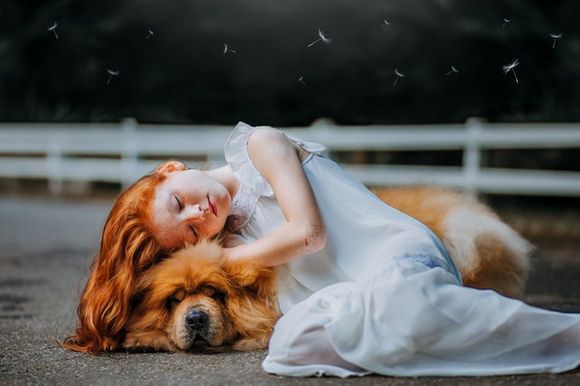Author: Rositsa Tashkova, Master of Molecular Biology and Microbiology
Many couples are afraid to keep their pet in their home - a cat or a dog, when they find out they will become parents. Concerns are most often related to several things: the potential danger of transmission of certain diseases (such as toxoplasmosis) from the animal to the pregnant woman or future baby, how the pet will perceive the new family member, and whether it will not threaten the baby, as well as the fear of the development of allergies.
But in most cases, there is no room for concern. For example, if the domestic cat does not go outside and does not eat rats and mice, it can not become infected with Toxoplasma gondii and pass it on to its owners. With good hygiene and regular deworming of the pet, the risk of infectious diseases is minimized.
In this article, we will focus on the benefits of the presence of a pet in a child's life - both from a health point of view and for its emotional development.
Pets - do they cause or protect you from allergies
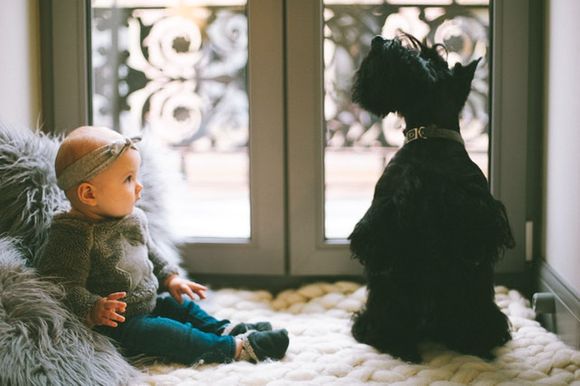
In recent years, more and more attention has been paid to an interesting phenomenon - children who live in a cleaner environment (with a desire for sterility), much more often suffer from a variety of allergies both in childhood and throughout their lives.
Allergy is an inadequately violent reaction on the part of the immune system to foreign substances - in food allergies [ ref. 1] for example, almostalways allergens are proteins.
A 2011 study showed that children who lived with a pet kitten or dog in the first year of lifewere half less susceptible to developingan allergy to these animals than children who did not have such contact. [ref. 2]
Scientists say this is yet another proof of the importance of first-year experiences for a person's health later in life. [ref. 3]
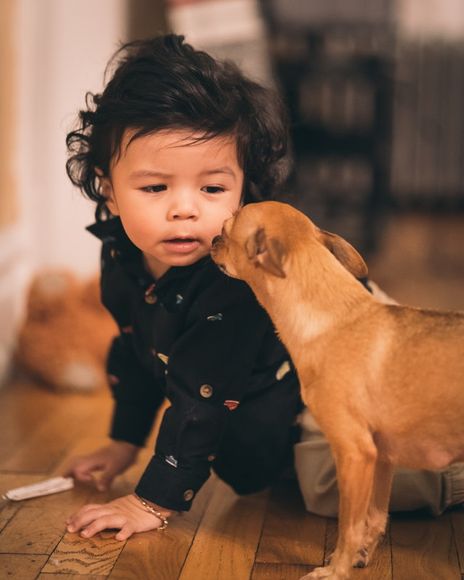
According to another study, from 2018, the number of pets also matters - the more they are, the more protected the child is from manifestation of allergies such as hay fever, eczema or even asthma. [ref. 4]
The researchers recall that a similar thing has been noticed in children who grew up on a farm among many animals and allergens. These children rarely suffer from allergies.
Perhaps the role is played by microorganisms , which these animals carry and which can modify the child's immune defenses in a way that prevents allergic reactions. [ref. 5]
Caring for a pet teaches you lessons
When deciding on the family to join a pet, the involvement of parents, conversations with the child and planning are very important to make the experience positive for everyone.
If the child learns to take care of the animal and treat it with patience and love, it will be an invaluable lesson to treat people in thesame way.
There are many practical benefits to the emotional development of children involved in the care of pets. Developing a good feeling towards animals can contribute to the child's self-esteem and confidence. Positive relationships with pets help to develop trust in people as well as to the development of nonverbal communication, compassion and empathy. [ref. 6]
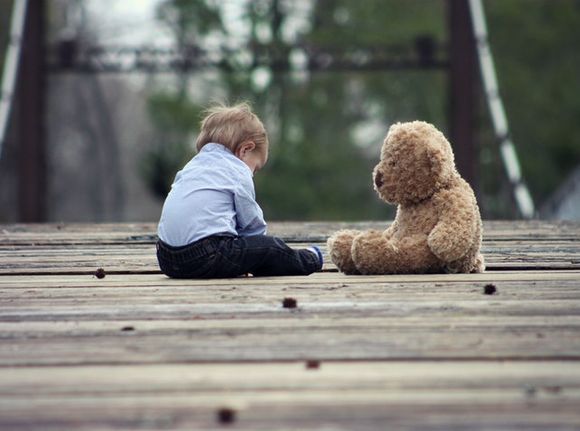
Pet care contributes to the development of children in many ways:
- can serve as trusted friendsto share secrets andpersonal reflections without passing them on - children often talk to their pets, as they do with their stuffed animals;
- give the child valuable lessons about life - about reproduction, childbirth, diseases, accidents, death and suffering;
- can help develop responsible behaviour in the children in their care;
- provide a link with nature;
- can teach the child respect for other living beings;
- nurture love, affection, and soothe in difficult times.
Although most children approach pets with care, some may be too rude or even violent towards them.
If such behavior manifests itself and persists over time, it can be a sign of serious emotional problems . Any child who abuses, tortures or kills animals shouldbe directed to a child psychiatrist for comprehensive evaluation and assistance.
What to tell your child when it wants a pet
There is hardly a child who has not had at least one period of insistent pleading with mom and dad to "get a puppy". If your child wants a pet, talk to him about the necessary responsibility and perseverance.
When the thrill of the new subsides or the puppy/kitten grows older and even gets older, will they continue to want to take care of it?
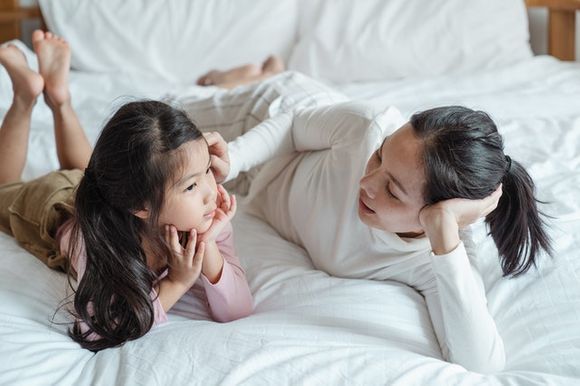
Discuss in advance what the child's obligations will be before you have taken the pet, so that he can well imagine what is to come and think once again whether he is in compliance with the conditions and still wants it.
It should not be forgotten that no matter how engaged they are at the time of receiving the so-called pet, the children quickly get tired and you will have to take all the care if and when they cannot or do not want to continue caring for the animal.
Owning a pet provides an important life lesson - learning responsibility - petsrequire food, water and love.
Many of them require long walks and games, as well as maintaining the hygiene of the animal. Daily walks of the dog develop healthy muscles of the child's legs and are useful for the development of the heart, brain and lungs.
When is the child old enough to take responsibility
Children under the age of 4 should not be left unattended around pets, as they are still unable to cope with their emotions and assess situations well, which can lead to serious injuries. [ref. 7]
Children over 5 years old may be assigned some responsibilities in terms of pet care, but children under the age of 10 should not be expected to take full care of a dog or cat on their own.
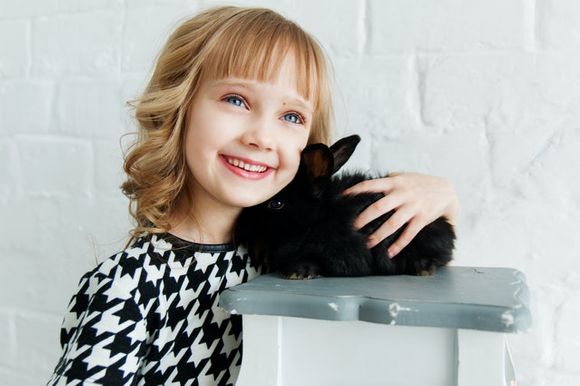
Preschoolers
Children of this age can help with some simpler activities, such as combing the pet or placing a new bedding in the cage of the bunny or guinea pig.
The latter is a very suitable pet for children with special needs , it is able to recognize its owner and is as playful and friendly as a cator dog.
In primary school
Children in this age range can take care of their own little pets in a cage (hamster, guinea pig, bunny) or fish, but you will still have to keep an eye out for the general condition of the animals.
At this age, children can take greater responsibility for the games,feeding and cleaning of larger pets , such as dogs and cats. Depending on the size and obedience ofthe animal, the child may also walk a dog.
In high school
Teenagers can take care of pets without direct supervision-but you'll need to check if they're really spent, cleaned and fed as they're supposed to.
What kind of pet to choose
You may be fascinated by the beauty and strength of the horses, but you may have room only for a hamster. Or you may be inspired by the energy of a cocker spaniel accidentally encountered in the park, but you do not have the strength to master it daily and for years.
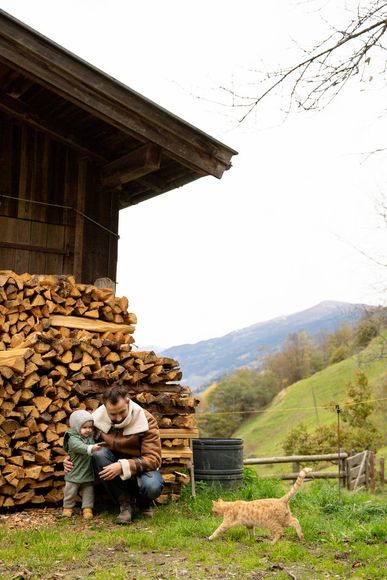
Therefore, it is extremely important to think carefully about what kind of pet will best fit the home in which you live and the rhythm of your family's life.
Answer the following questions for yourself before choosing a pet:
- Home - whether you live in a house with a yard or a small apartment in the city center largely determines the species and even breed of our future pet, since each animal has a different need for space.
- Activities - are you active or would you rather spend more time at home?
- Abilities - are you able to physically care for an animal that requires a lot of attention, like a dog?
- Time - are you traveling? Your calendar of appointments and engagements is full? Some pets need a lot of time and attention. Others are more independent and don't need your presence as much.
- Money - what budget do you have?
- The child - you know your child best, and it is necessary to assess whether it has the three most important qualities for raising a pet: obedience, tenderness and responsibility. Moreover, the character of the child should be aligned with the temperament of the animal itself, in order to avoid conflicts and incidents - the worst combination is a very active child with a cowardly or nervous animal.
Tips for choosing a first pet - getting started
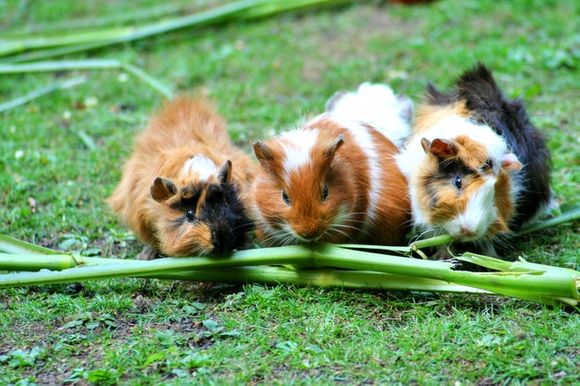
In an interview with Everyday Health, animal behaviour specialist Melissa Bain [ref. 8]gives parents considering taking their first pet thefollowing tips:
- Start with small steps. A suitable first pet is small rodents that have a fur for caressing but require less care than a kitten or dog. In the pet store or veterinary office they will give you information on exactly how to take care of the animal.
- Borrow an animal. If you want to "try" living with a pet for a limited time, you can ask a family member or friend to leave you your pet for a while to take care of :)
- Volunteer at an animal shelter. This is a great family activity and will give you and your children practical training in basic pet care without engaging with an animal at home.
So, pet care is part of a full childhood , the development of emotional intelligence, empathy and responsibility. And last but not least - in the first 2 years of life support propermaturation of the child's immune system, and can protect it from allergies and even from infectious respiratory diseases [ref. 9].
